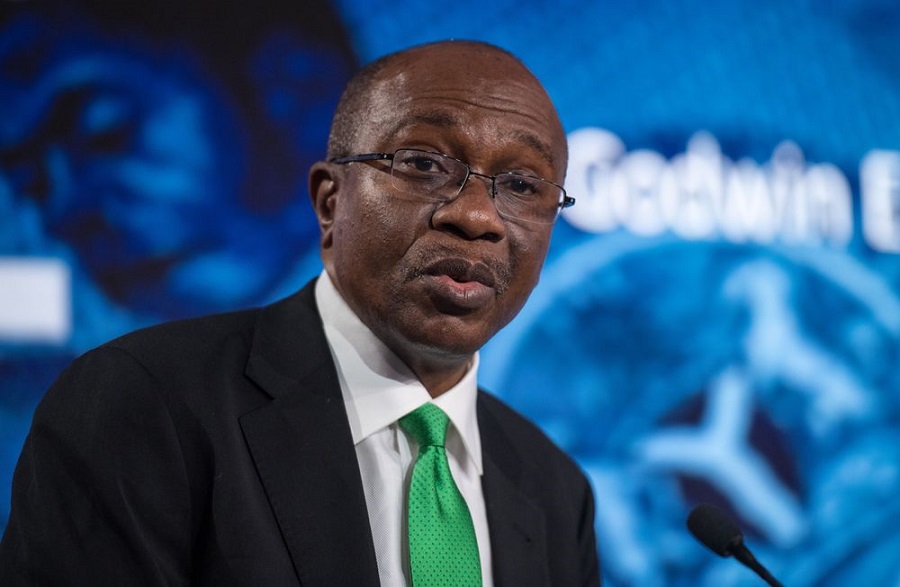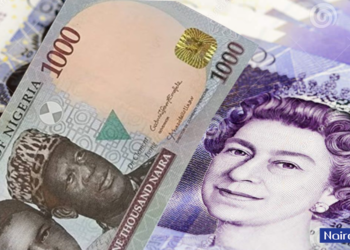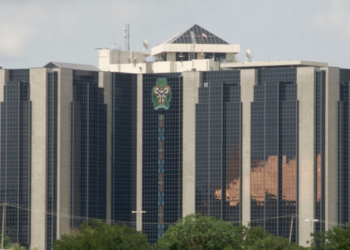Non-performing loans in the banking industry fell to 5.70% in June 2021 compared with 6.4% in June 2020. This bearish trend is indicating that the banking sector is more resilient.
This was revealed in the personal statements of members of the Monetary Policy Committee of the Central Bank of Nigeria.
CBN said, “The MPC noted that the Capital Adequacy Ratio (CAR) and the Liquidity Ratio (LR) both remained above their prudential limits at 15.5 and 41.3 percent, respectively. The Non-Performing Loans ratio (NPLs) at 5.70 percent in June 2021 showed progressive improvement, compared with 6.4 percent in June 2020.
The Committee, however, urged the Bank to sustain its tight prudential regime to bring Non-Performing Loans (NPLs) below the 5.0 percent prudential benchmark.”
READ: Nigerian Banks non-performing loan ratio blows past CBN regulatory limits
What members of the MPC are saying
According to a member of the MPC, Adenikinju Adeola Festus, “Non-Performing Loans Ratio is 5.7%, in June 2021, down from 5.8% in May 2021. This is driven largely by the implementation of the GSI policy and the strengthening of risk management practices. Liquidity Ratio as of June 2021 stood at 41.3%, clearly above the prudential requirement above 30%.”
Ahmad Aisha .N. also had a similar view on non-performing loans. Stating that, “Non-Performing Loans (NPLs) ratio declined further to 5.7 percent in June 2021, 10 bps lower than the rate recorded in the previous month, while capital adequacy and liquidity ratios remained robust at 15.5 and 41.3 percent, respectively, in June 2021.”
Obiora, Kingsley Isitua had some worries despite the progress of the non-performing loans.
READ: Zenith Bank reports N40 billion in Oil and Gas loans are not performing
He said, “Although the Non-Performing Loans (NPLs) was above the regulatory benchmark of 5.0 percent, it improved from 6.41 percent in June 2020 to 5.70 percent in June 2021, reflecting strengthening risk management practices, Global Standing Instruction (GSI) policy, and case-by-case review of regulatory forbearance.”
Robert Asogwa said the banking sector remained stable with strong liquidity. “System liquidity remained ample even though aggregate domestic credit grew by only 4.30 percent in June 2021 compared with 4.79 percent in May 2021,” he stated.
“While credit to the central government declined during this period, the credit to the private sector grew. This progress is largely attributed to the sustenance of the CBN’s credit-enhancing policies.
READ: Nigerian banks Non-Performing Loans ratio jump to 6.3%
“The banking sector itself remains stable and resilient, with strong liquidity and capital adequacy ratios.
“The ratio of gross non-performing loans to total loans further declined from 5.8 percent in May to 5.7 percent in June 2021,” he added.
He further said that repayments and recoveries were noted in key sectors including, oil and gas, manufacturing, construction, and agriculture.
Folashodun Shonubi, another MPC member, said the banking sector remained resilient and remained the key source of support for the domestic economy.
At the end of June 2021, he added, industry total asset and credit increased even further, while industry liquidity and capital adequacy ratios remained above the statutory minimum.
He stated, “The non-performing loan ratio improved marginally to 5.7 percent, though it was slightly above the prudential, maximum of five percent.
“Monetary aggregates developments and money market rates reflected the impact of the bank’s liquidity management measures.”



















